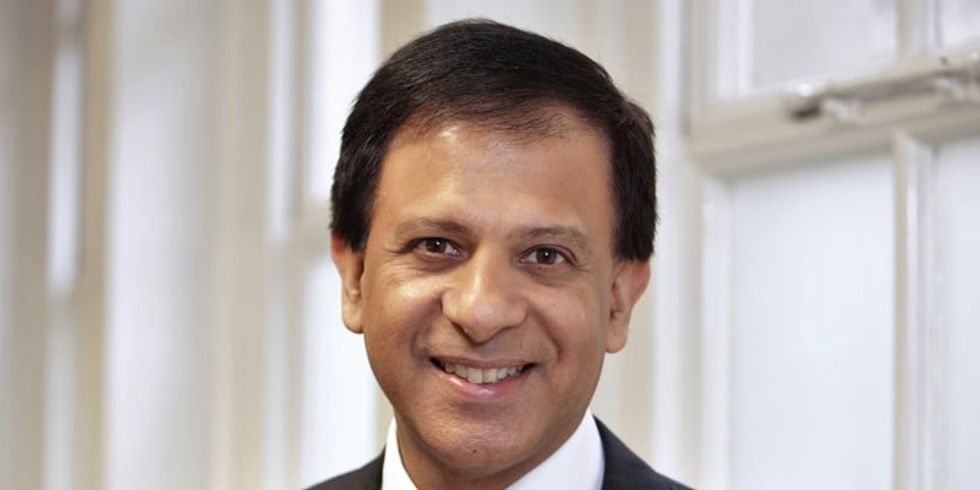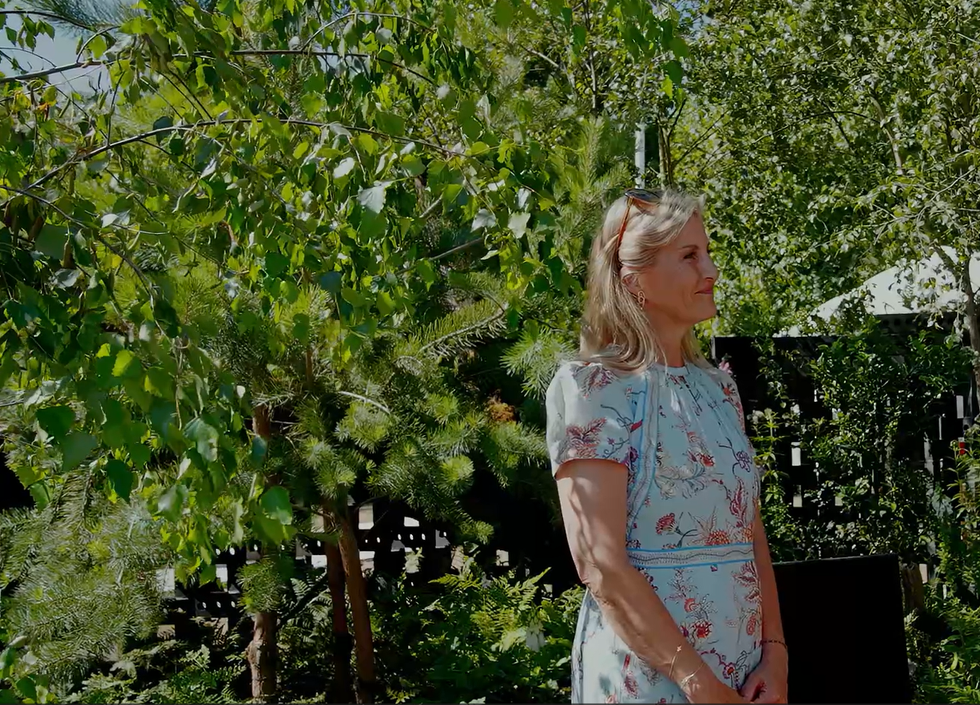By Nadeem Badshah
BRITISH Asian doctors have revealed the impact the Covid crisis has had on their stress levels and how the support of their family has helped them cope.
They have disclosed how their workload and patient numbers have increased since the pandemic began and how they are supporting colleagues to boost their mental health.
Recent research found the proportion of NHS staff in England who reported feeling unwell as a result of work-related stress increased by nearly 10 per cent last year. The survey found that 44 per cent reported feeling unwell as a result of work-related stress in the previous 12 months, compared with 40.3 per cent in 2019.
Dr Adrian James, president of the Royal College of Psychiatrists, earlier this month called for NHS staff and patients to be monitored for post-traumatic stress disorder (PTSD) in the aftermath of the pandemic. He warned that between a third and a half of people who had been ventilated in hospital as a result of Covid experienced symptoms of PTSD along with 20 per cent of staff working in intensive care.
Dr Chandra Kanneganti, a GP in Stoke, Staffordshire, told Eastern Eye: “It was stressful in the sense of seeing patients who you known for years pass away in front of your eyes. It is distressing.
“Never have we seen so many calls with mental health problems, anxiety, depression, feeling suicidal, there is a different epidemic of mental health building because of Covid.
“Being busy is the only way for me. I haven’t had any holidays which is not the best way.
“If I am sitting at home I am worrying about my patients.
“When working from home I spent more time with my family and three boys. That has really helped me and kept me going - it is my cure.”
Frontline19.com is a website which offers free counselling services to NHS and frontline staff. They are currently helping around 1,800 people a week.
Dr Kanneganti added: “I am the lead on Practitioner Health Programme which supports doctors with mental health and have seen more cases than ever before.
“The government has given us resources for counselling, (such as NHS) Talking Therapies. The workload is m o re among all my colleagues. We haven’t taken a day off since the pandemic. We are working extra time on vaccines; we enjoy that part, that is the answer for us.
“We are supporting each other and have a helpline for counselling and for someone to talk to.”
Meanwhile, recent research found that a quarter of NHS workers are more likely to quit their job than a year ago, due to frustrations over their pay, understaffing and burnout.
The poll, by the IPPR thinktank, includes 29 per cent of nurses and midwives. It means as many as 330,000 staff could quit, the IPPR said.
Dr Chaand Nagpaul, the British Medical Association’s council chair, told Eastern Eye: “The last year has seen doctors being stretched to their limits, working long hours in often unfamiliar settings as they continue to fight the pandemic on the front line, all the while fearful for their own safety.
“Many have come face-to-face with death on a scale they were completely unprepared for, which in too many cases included witnessing their friends, family and colleagues tragically losing their lives to this awful virus.
“For ethnic minority healthcare staff, they face the added anxiety of knowing they are more likely to become ill and die from Covid, with almost nine in 10 doctors who have died so far coming from an ethnic minority background. This has had a profound effect on the health and wellbeing of staff, with almost half of ethnic minority doctors telling a arecent BMA survey they were suffering from a mental health condition as a result of their work. Six in 10 ethnic minority doctors also said their levels of fatigue and exhaustion were higher than normal.
“Now the NHS faces its biggest backlog of treatment ever it’s crucial the safety and wellbeing of staff are prioritised, allowing them respite and time to recover.”

Dr Shaba Nabi, a GP, said “12 hour days are now the new normal”. She recalled how on one day in March she “did all my scripts on Sunday night, got in at 7.30 am, spoke to last patient at 7pm, left the practice at 7.30.”
Mohammed Abbas Khaki, a doctor in London, said: “Since Covid started I’ve helped in Covid wards, assessment hubs and home visiting services. I’m part of a covid task force and steering groups. We’re exhausted. We cry in breaks and break down when we get home. We get sick. We’ve lost friends and can’t risk seeing loved ones. But we still turn up to protect you and always will. Help us by following the rules.”
Black and Asian staff represent 21 per cent of the NHS workforce, but analysis showed they accounted for 63 per cent of Covid deaths among health and social care workers, according to research published in the British Medical Journal in January.
The Department of Health and Social Care said it has put £15m into dedicated staff mental health support and launched a 24/7 helpline. It added there are record numbers of doctors and nurses working in NHS with nearly 10,900 more nurses and almost 6,600 more doctors compared to 2020.
Anyone feeling emotionally distressed can call Samaritans for help on 116 123 or email jo@samaritans.org

















 The circular structure inspired by jali screens in India
The circular structure inspired by jali screens in India Sophie, Duchess of Edinburgh, at the garden
Sophie, Duchess of Edinburgh, at the garden The couple display their medals
The couple display their medals
